Written by Suzana Anghel and Ralf Drachenberg,

The Leaders’ Agenda, adopted by the EU Heads of State or Government on 20 October 2017, was designed both as a contribution to the realisation of the objectives set out in the ‘future of Europe’ debate and as a concrete work programme for the European Council up to June 2019. The main feature of the Leaders’ Agenda is the introduction of new working methods to enable consistent follow-up on the policy objectives outlined in the Bratislava and Rome declarations, previous milestones in the future of Europe debate. It notably increased the number and formats of meetings, and introduced a new approach to the discussions among EU Heads of State or Government.
This method has allowed an open debate among EU leaders on sensitive political issues at informal Leaders’ meetings, with the aim of facilitating consensus, which would be followed up through the adoption of formal European Council conclusions at subsequent meetings. The informal debates were stimulated by the use of Leaders’ notes, which outline the main challenges and sticking-points on a specific topic. In this sense, the Leaders’ Agenda can be seen as the operational follow-up to the Bratislava and Rome declarations. Ahead of the expected discussion on the implementation of the Leaders’ Agenda at the 9 May 2019 Sibiu summit, one can conclude that the Leaders’ Agenda was a rather successful approach, which introduced a more structured framework to the proceedings in the European Council and generally improved decision-making, whilst also sustaining unity among EU leaders when the Union faced the unprecedented challenge of the departure of a Member State. This notwithstanding, it seems that the Leaders’ meetings and Leaders’ notes, the purpose of which was to serve as consensus-building tools, have not been used to their full potential. However, a follow-up to this Leaders’ Agenda would be advisable in the next institutional period, while taking the lessons learned into consideration.
At the core of the Leaders’ Agenda is the objective of preserving unity, which can be considered as the red line running through Donald Tusk’s term in office as European Council President, at least since the United Kingdom (UK) referendum on EU membership. This assessment distinguishes between achieving unity (on a piece of legislation or in a given policy area) and maintaining unity between Member States when the EU faces a major challenge. While the European Council was rather successful in maintaining this unity, in particular with respect to Brexit, it has a more mixed record in achieving unity on certain other topics, such as migration, where Member States have very different positions.
Moreover, the Leader’s Agenda emphasised the importance of taking account of citizens’ views when shaping a common future for Europe. The three policy areas – migration, security and unemployment – indicated by President Tusk as priorities under the Leaders’ Agenda, also reflected the three main concerns of EU citizens, as expressed in Eurobarometer surveys at the time.
Now that the end of the life-span of the Leaders’ Agenda is approaching, one can indeed observe that most of the policy priorities included in the Bratislava and Rome declarations have figured on the agenda of meetings of EU Heads of State or Government and been debated to varying degrees, either as part of the formal European Council, the Leaders’ Agenda meetings or the Euro Summits.
As we approach the 2019 European Parliament elections, EU leaders ought more than ever to be encouraged ‘to draw inspiration from new ideas’ that have arisen from citizens’ dialogues and consultations, in which, under the Leaders’ Agenda, they have voluntarily agreed to participate and to conduct. Whether and to what extent the citizens’ views will be reflected in the output of the Sibiu summit, and the European Council’s subsequent new strategic agenda, remains to be seen.
Read the complete In-depth analysis on ‘Assessing the Leaders’ Agenda‘ on the Think Tank pages of the European Parliament.

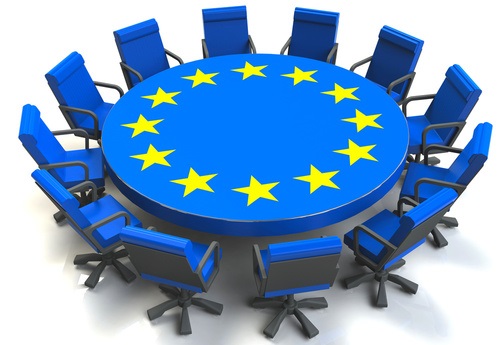
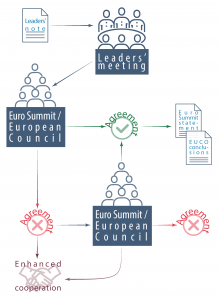
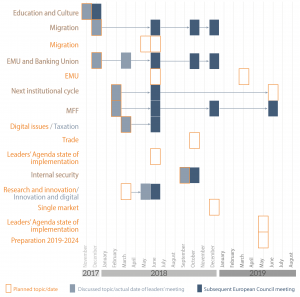
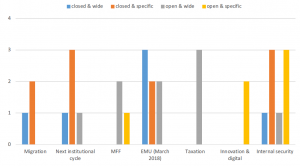
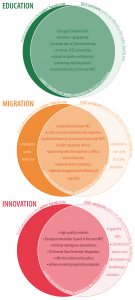
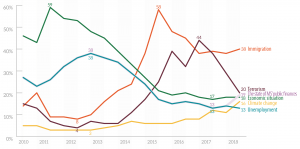






[…] […]
What has the European Council achieved for the citizens of the EU in relation to a world, which has become more challenging?
Hope more topics with high priority will be discussed, and more measures needs to be taken for Education reform and development and transfer of the EU Science and technologies.